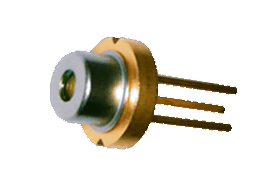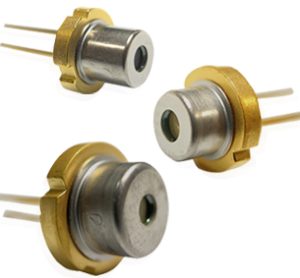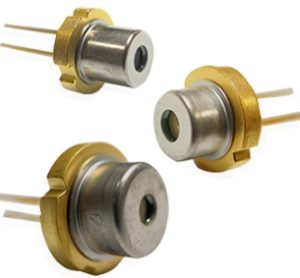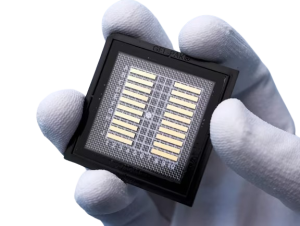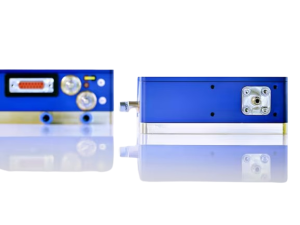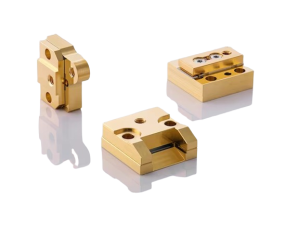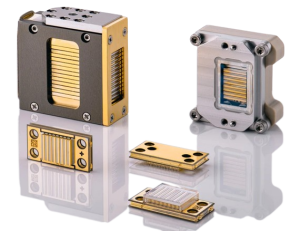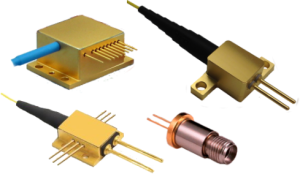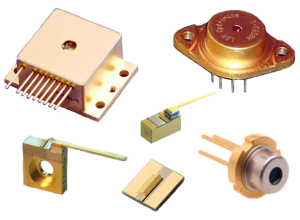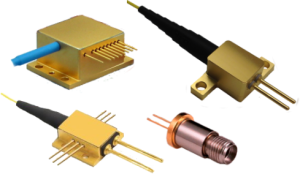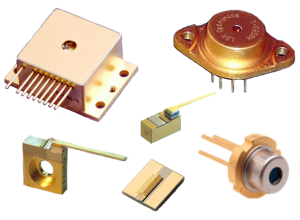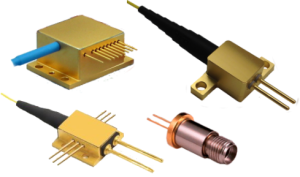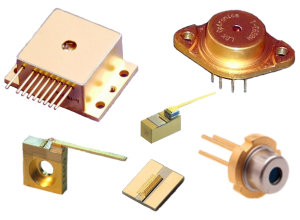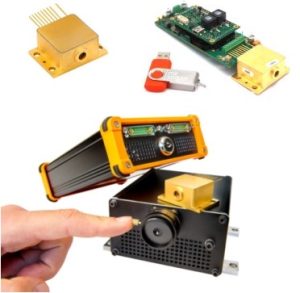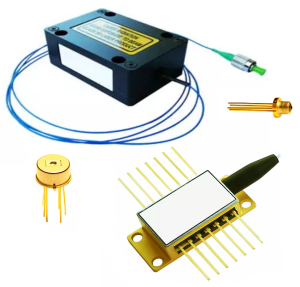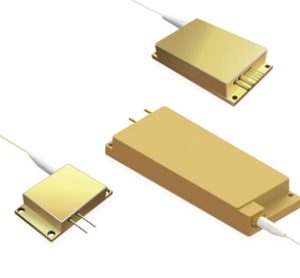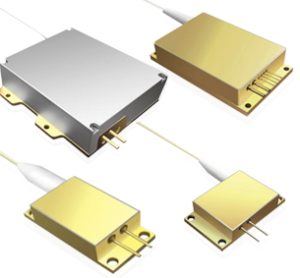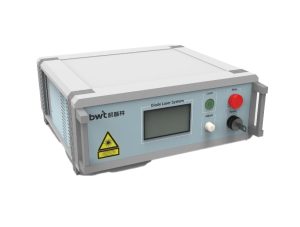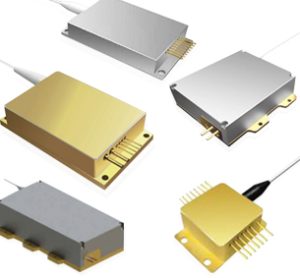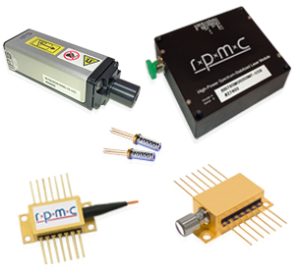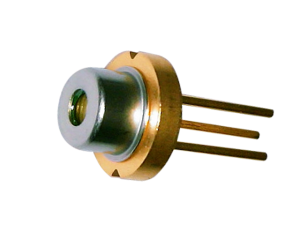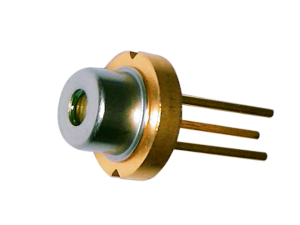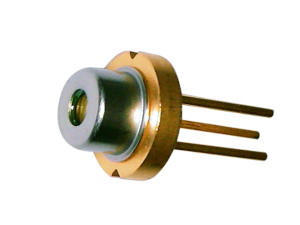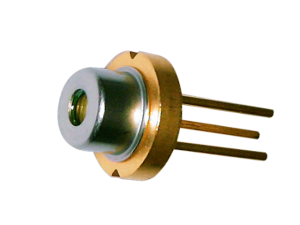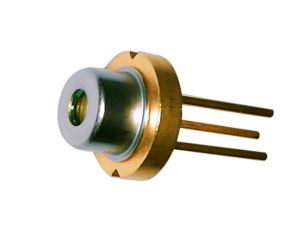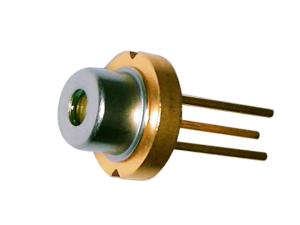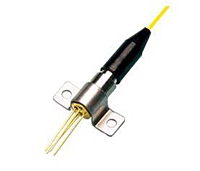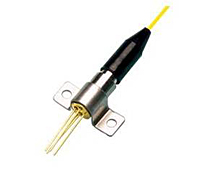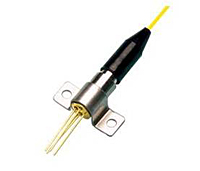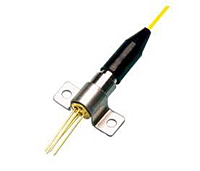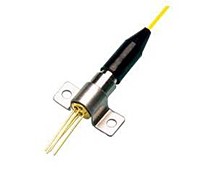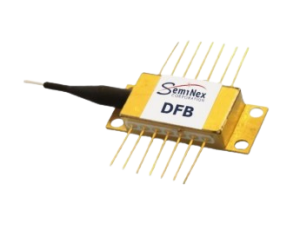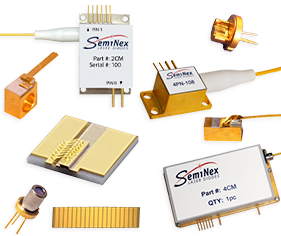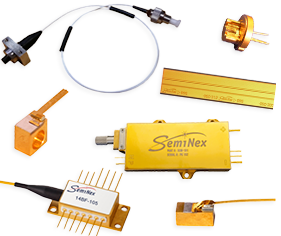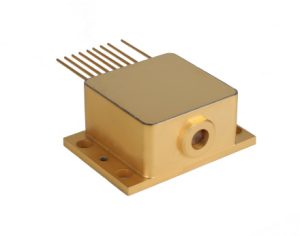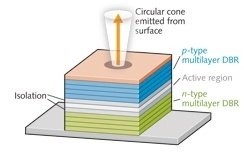The Laser Diodes We Offer:

Widest Selection of Wavelengths & Packages in the Industry:
-
- From UV (375nm) to LWIR (17µm) & everything in between
- Many standard packages & integration levels: components to subsystems
- mW-level TO-can package to kW-level fiber-coupled turnkey devices

Wide Selection of Laser Diode Technologies & Outputs:
-
- Free-space & fiber-coupled output w/ connector & fiber options
- Multimode, single mode, polarized, low noise & stabilized options
- SLM, narrow linewidth, single-frequency, wavelength stabilized
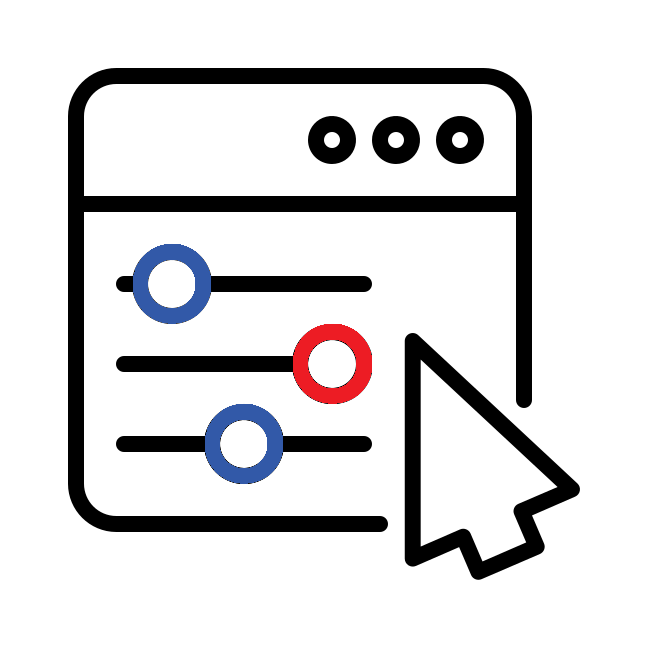
Tailored Solutions to Meet Your Application Needs
-
- Single units & flexible multi-wavelength combiners with tons of options
- Combiners: Up to 7 UV-NIR input options of your choice – 1 to 4 convenient outputs
- Ultra-compact, portable & USB-powered to advanced lab-grade configurations
For nearly 30 years, RPMC Lasers has provided the widest selection of semiconductor laser diode wavelengths and packages for various applications in the Defense, Medical, Industrial & Research markets. From standard commercial off-the-shelf components to completely customized solutions, tailored to your specifications from the wafer level, RPMC can deliver the right solution for your needs.
Our vast selection of laser diodes includes both free-space & fiber-coupled outputs, with high-power multimode, high beam quality single mode, and narrow linewidth & wavelength-stabilized configurations, available in UV, violet, blue, green, red, NIR, SWIR, MWIR, and LWIR wavelengths.
With a huge selection of designs and technologies, including single & multi-emitters, arrays (bars) & stacks, quantum cascade lasers (QCLs), triple-junction laser diodes, low noise laser diodes, distributed feedback (DFB) & volume Bragg grating (VBG) laser diodes, and more, we’re sure to have what you need for any application. Whether you need a standard configuration or a completely customized solution with space qualification, RPMC is more than just a provider; we’re your partner, guiding you through the selection process and supporting you from integration to operation, ensuring your long-term success.

 SHIPS TODAY
SHIPS TODAY 